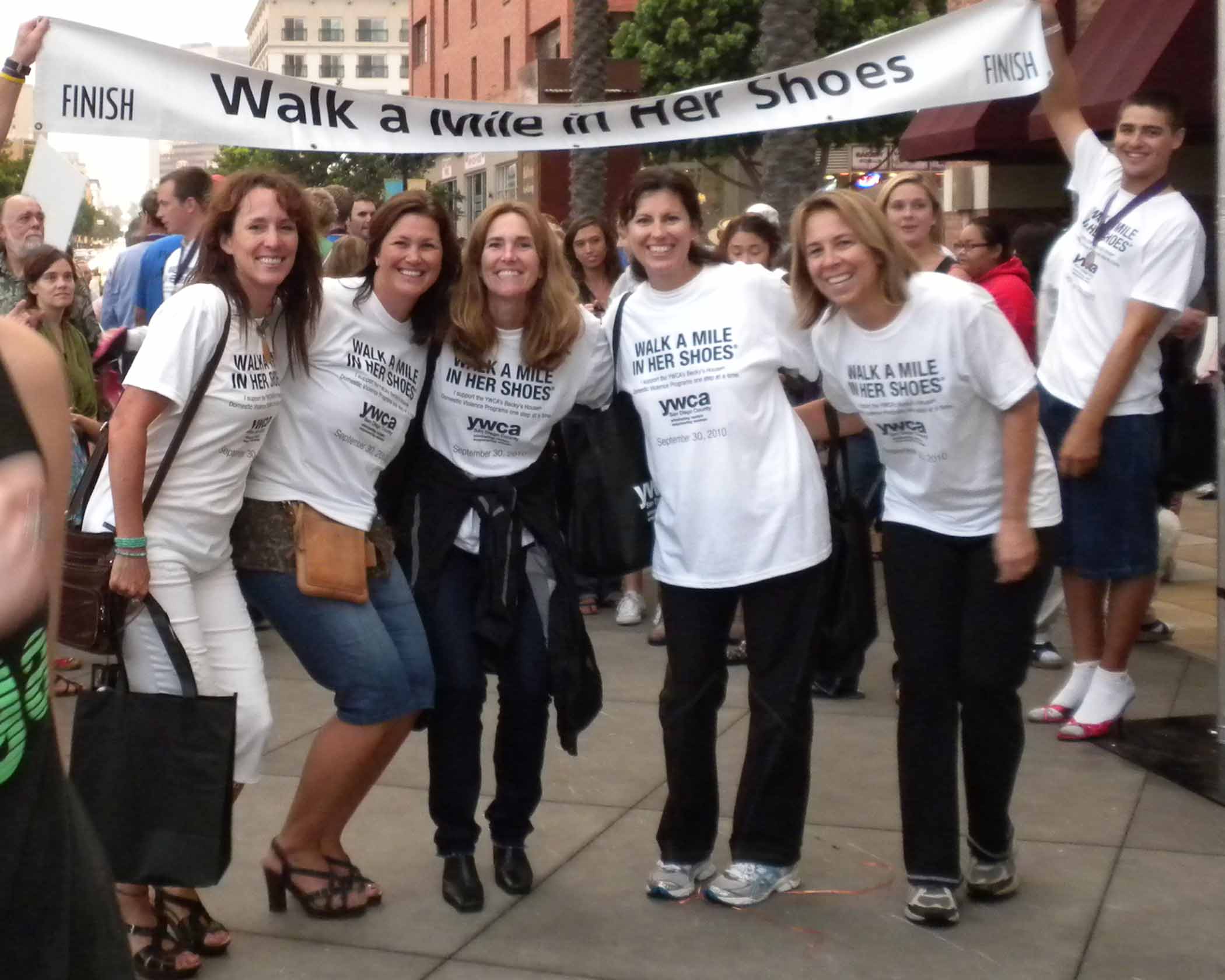Awareness
One of the many myths surrounding domestic violence is “It will never happen to me or someone I love.”
Sadly countless women, both young and old, have died at the hands of someone who claimed to love them. Unfortunately, I know first-hand that relationship abuse can happen because I was nearly killed by someone who claimed to love me. Looking back, I was a strong, well-adjusted teen raised in a loving family. When I met my boyfriend, I was 17. Had you asked me back then, I would have told you–flat out–that I would never tolerate anyone controlling me, verbally abusing me, or hitting me. Then before I was aware of what he was doing to me, it happened. The control he had over me was like a prison. Like so many teenagers, I was wrought with confusion and fear. I was embarrassed to admit what was happening, I knew it was wrong, but I was desperate to solve my problems and not burden anyone. It nearly cost me my life on several occasions.
Preventing Teen Dating Violence begins with awareness, knowing the signs is important:
• Physical signs (bruising, wearing clothes that cover, no direct eye contact when asked about a bruise)
• Skipping classes, grades slip
• Inability to make decisions
• Mood swings/changes
• Experimentation with drugs/alcohol
• Emotional outbursts
• Poor Self Esteem
• Withdraws from family/friends
• Allows the boyfriend always to drive
Why Teenagers Hide the Truth:
• They lack experience with dating
• Having a relationship makes them feel older
• Teens want independence from their parents
• Their perspective of love is often derived from romantic cliché’s
Help your teenager by having open conversations about how they feel, try your best to validate their feelings, and ask questions based on your observations. Remember, the objective is to create open dialogue and to establish that speaking with you is safe.
Statistics show that one in three teenagers has experienced violence in a dating relationship. Dating violence is when one partner tries to maintain power and control over the other; the perpetrator often relies on several tactics to keep their hold on the victim. Relationship abuse crosses all racial, economic and social lines. Regardless of gender identification, any person experiencing abuse at the hands of their partner needs a safety plan.
Teen dating violence often is hidden because teenagers typically:
- Are inexperienced with relationships.
- Are pressured by peers to act violently.
- Want independence from parents.
- Have “romantic” views of love.
Teen dating violence is influenced by how teenagers look at themselves and others.
Young men are socialized to think:
- They have the right to “control” their partner in any way necessary.
- Physical dominance is masculine.
- They should “possess” their partner.
- They should demand intimacy.
- They may lose respect from their peers if they are attentive and supportive of their girlfriends.
Young women are socialized to think:
- They are responsible for solving problems in their relationships
- Their boyfriend’s jealousy, possessiveness, and even physical abuse are “romantic.”
- Abuse is “normal” because they see it glamorized on TV and in movies.
- There is no one to ask for help.
Teenagers can choose better partners when they learn to identify the early warning signs of an abusive relationship. Moreover, if they know they have choices and are entitled to their emotional and physical safety, they stand a far greater chance of identifying behavior that would compromise their safety.
Teen Dating Statistics via ACADV:
- About one in three high school students have been or will be involved in an abusive relationship.
- Forty percent of teenage girls ages 14 to 17 say they know someone their age who has been hit or beaten by a boyfriend.
- In one study, 30 to 50 percent of female high school students reported having already experienced teen dating violence.
- Teen dating violence most often takes place in the home of one of the partners.
- In 1995, 7 percent of all murder victims were young women who were killed by their boyfriends.
- One in five or 20 percent of dating couples reports some type of violence in their relationship.
- One in five college females will experience some form of dating violence.
- A survey of 500 young women, ages 15 to 24, found that 60 percent were currently involved in an ongoing abusive relationship, and all participants had experienced violence in a dating relationship.
- One study found that 38 percent of date rape victims were young women from 14 to 17 years of age.
- A survey of adolescent and college students revealed that date rape accounted for 67 percent of sexual assaults.
- More than half of young women raped (68 percent) knew their rapist either as a boyfriend, friend, or casual acquaintance.
- Six out of 10 rapes of young women occur in their own home or a friend or relative’s home, not in a dark alley.
- More than 4 in every 10 incidents of domestic violence involves non-married persons (Bureau of Justice Special Report: Intimate Partner Violence, May 2000)
Advocacy:
Join organizations that promote self-confidence or that speak out against domestic violence. Encourage your child to do the same.
Break the Cycle: A leading, national nonprofit organization giving honest, practical solutions to the very dangerous and complicated situation of teen dating abuse.
Prevention:
Encourage your schools to incorporate Days of Empowerment, Teen Advocacy Peer Groups, and clubs that support education for students.
Additional Resources:
National Coalition Against Domestic Violence
National Domestic Violence Hotline 1-800-799-7233
See It And Stop It Organization
The Pixel Project
Becky’s Fund
Men Engage Alliance
D.A.S.H. Dating Abuse Stops Here In memory of Siobhan Russell
Demi Brae Cuccia Awareness Organization In memory of Demi Brae Cuccia
Ending Teen Dating Violence In memory of Lisa M Tyler
Jennifer Ann’s Group In memory of Jennifer Ann Crecente
Kaity’s Way In memory of Kaity Sudberry
One Love In memory of Yeardley Love




